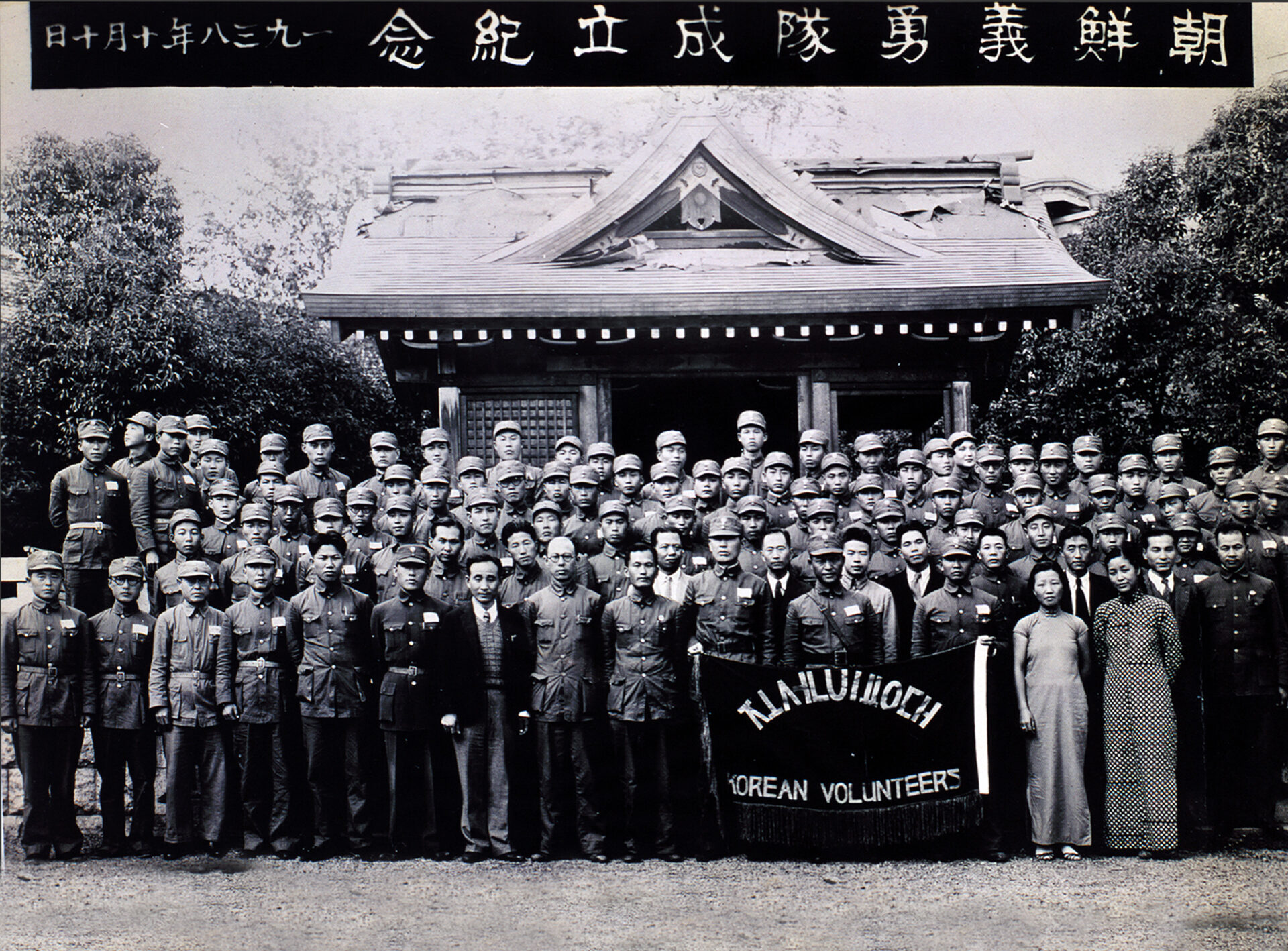South Korea had also attempted constitutional government in the Western manner but ran into serious difficulties. After the disruptive Korean War of the early 1950s, the government of Syngman Rhee (1875-1965), South Korean president since 1948, came under mounting criticism for corruption and arbitrary actions.
In 1960 massive protests by students forced Rhee out of office and inaugurated a tumultuous period marked, first, by the political intervention of the army and, then, by another attempt at constitutional rule. While the economy boomed during the 1960s, political instability continued, and in 1979 the chief of the Korean intelligence division assassinated the head of state. South Korea again became a police state under martial law.
There were signs of hope in the lessening of tensions with North Korea, which though also strongly authoritarian, agreed in 1972 to seek the common goal of reunification of the two states by peaceful means. But there had been little real movement toward this goal by 1990. South Korea nonetheless boomed industrially and achieved some measure of world regard by successfully staging the Summer Olympic Games in 1988. By 1990 democratization had moved forward in the south.
There was no such democratization in North Korea, however, and in 1993 North Korea became the first state formally to withdraw from the Nuclear Nonproliferation Treaty, an international pact aimed at limiting the spread of nuclear weapons. The following year North Korea’s leader Kim Il Sung (1912-1994), who had
ruled over the nation for forty years, died, ushering in a period of uncertainty.

